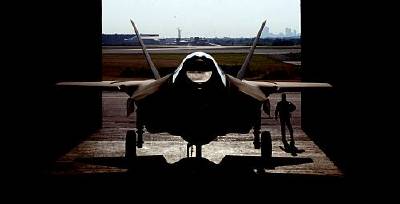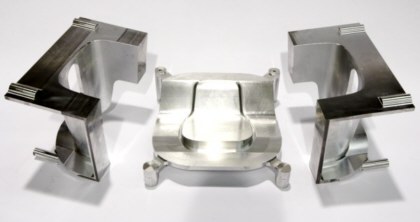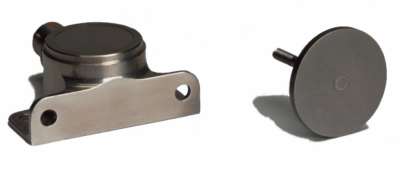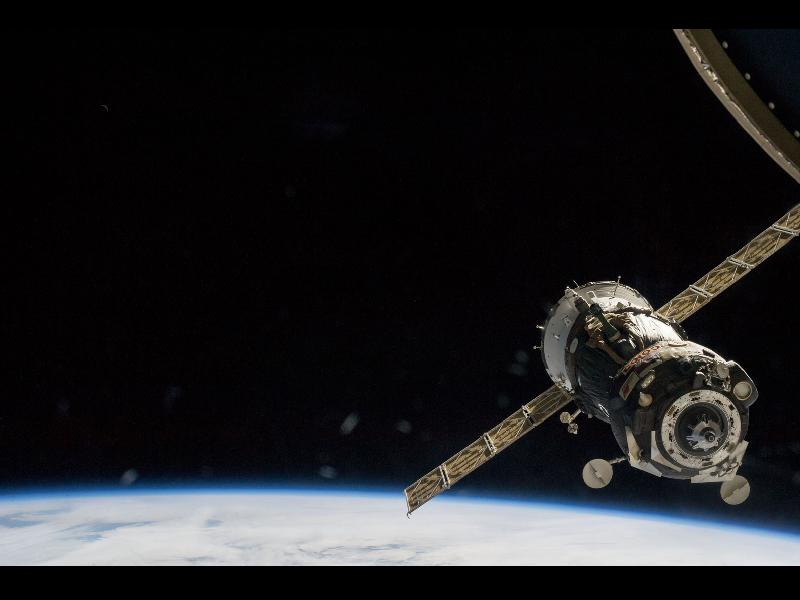At 2.32pm on June 24, 1995, a South African Airways jumbo jet flew over Ellis Park at a speed of 140 knots and only 200 feet above the stadium.
Most South Africans will remember that moment as they looked up from their seats and saw “Go Bokke” painted on the underbelly of the SAA 747, a message of support to the home team playing against the All Blacks in the final game of the World Cup.
Smart Marketing
This was a marketing triumph for SAA. For an airline that had seen continuous transformation since its beginnings in 1934, it was quick to realise the significance of linking itself to the World Cup event, the first of its kind since the country’s 1994 democratic elections.
In 1997 the re-branding of the airlines meant that the fleet of South African Airways Airbus and Boeing shed the old livery of the orange, white and blue for a fresh design incorporating the colours of the new national flag, with a sun painted on the tail fin, also referred to as the plane’s empennage.
SAA Re-branding
In the case of South African Airways, it was important to introduce new branding after 1994, as a way to refresh its image associated with a political history that led to its exclusion from the airspace of several African countries.
 Although South African ad agency, HerdBuoys McCann-Erickson were tasked with the re-branding of the airlines, the ongoing work of taking SAA’s livery designs from concept, to 2D drawing and finally to full-size templates has belonged to Senior Project Analyst at SAA Technical, Johannes Pretorius.
Although South African ad agency, HerdBuoys McCann-Erickson were tasked with the re-branding of the airlines, the ongoing work of taking SAA’s livery designs from concept, to 2D drawing and finally to full-size templates has belonged to Senior Project Analyst at SAA Technical, Johannes Pretorius.
Livery Design
Pretorius, who has worked at SAA Technical for the past 20 years, is based at OR Tambo airport, within the huge complex of facilities that includes the head office, hangars and workshops adjacent to the commercial hub of the airport.
There are around 2000 staff, made up of skilled and technical professionals, who provide a full service maintenance, repair and overhaul service to more than 40 major airlines, including British Airways, Singapore Airlines, Air France and Lufthansa.
Whilst the focus of his livery designs are on the SAA and SAA Express fleet, Pretorius has also been asked to use his skills on proposals for Air Zimbabwe, Air Mozambique and Air Mauritius.
A man with an eye for detail, Pretorius has to work meticulously with specifications to get them to the hundredths of an inch within accuracy.
Quality and attention to detail are critical when applying an aircraft’s paint scheme with costs reaching well into the millions. Time is also of the essence, as each day the aircraft is on the ground, thousands of Rands are lost in revenue.
Whereas the livery is all about branding, the primary function of aircraft coatings is to protect the frame from corrosion.
This is because commercial short-haul aircraft are subject to huge temperature changes as they climb to typical cruising altitudes of 35 000 feet, experience temperatures below 50 degrees Celsius and are exposed to high levels of short-wave radiation.
Drafting designs with AllyCAD
 For all his livery designs, Pretorius uses AllyCAD, the industrial strength CAD software package developed and supplied by Knowledge Base. He was first introduced to its draughting capabilities in 1987 when he moved over from the facilities side of SAA’s operations to the design office.
For all his livery designs, Pretorius uses AllyCAD, the industrial strength CAD software package developed and supplied by Knowledge Base. He was first introduced to its draughting capabilities in 1987 when he moved over from the facilities side of SAA’s operations to the design office.
Having always had his eye on this role, Pretorius is as passionate now about his livery designs as he was when he first started. After the first two years on the drawing board, the SAA design office purchased AllyCAD.
Says Pretorius, “I do everything in AllyCAD. It is probably our most important design tool. You can play around with it to get the different elements of the design to work together.”
In the creation of the full aircraft exterior livery, for example, Pretorius will use AllyCAD to create a scaled-down version of the design, lettering and logo.
This is then used in the manufacture of the actual full-sized template, known as “pounce”, to facilitate the painting of the livery. Also referred to as the mask, this self-adhesive template is applied to the aircraft as a guide, and then removed once the paint has dried.
“We made the pounce for the Rugby World Cup. It was one of our first funny designs on the airplane.” Pretorius says that the major livery design for other clients probably started about five or six years ago when people started realising that Pretorius and his team provided this service.
Having done all the livery for the new SAA fleet, Pretorius says, “I feel proud when I see the SAA planes and know that the design is mine.”
 Pretorius’ design team also do all the decals for the interiors of the new fleet of Boeing and Airbus.
Pretorius’ design team also do all the decals for the interiors of the new fleet of Boeing and Airbus.
“We pull the designs into AllyCAD and get them close enough to want we want.”
The two dimensional drawings are then converted into the decals, the visual elements that help passengers find their seats or stow their luggage.
SAA has come a long way since 1934 when it started life as Union Airways. Its first flights only serviced Cape Town, Durban and Johannesburg and now serve more than 700 destinations in 34 cities, 26 countries and six continents.
It is no wonder therefore, that every time Pretorius looks to the skies and sees his designs on the wings, fuselage or tail of an SAA aircraft, he can know that he is part of the story of a brand that goes back 76 years.








